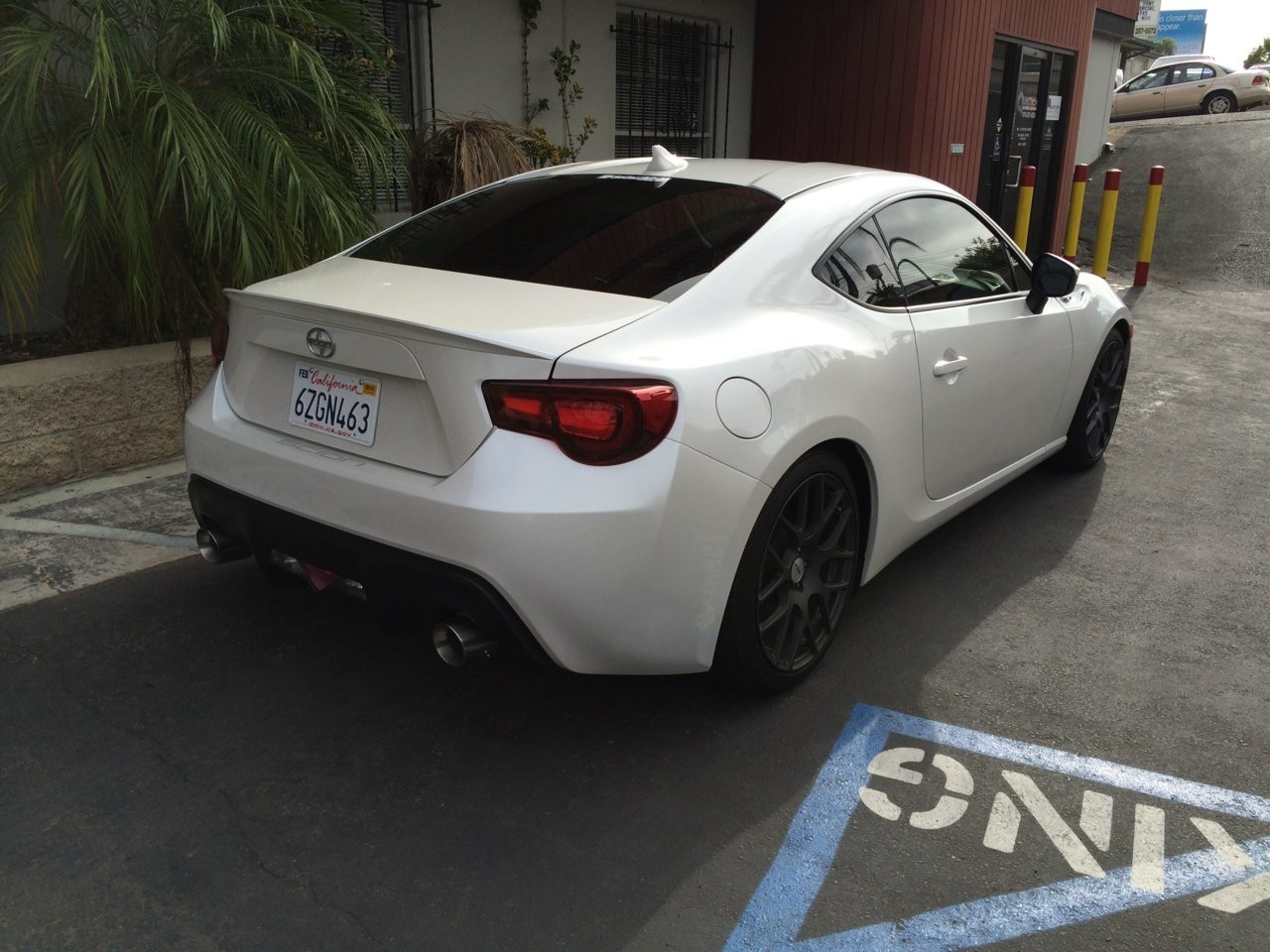After your car has been through body repair, getting it back to its original shine is key. Polishing is an essential step in auto detailing that can remove swirl marks, minor scratches, and bring out the depth and gloss of your car’s paint, especially after it’s been refinished. Here’s a straightforward guide on how to polish your car after body work to ensure it looks its best.
Why Polish After Repair?
Body repair work often involves painting, which can sometimes leave slight imperfections like overspray or a dull finish. Even if the paint job is excellent, polishing is crucial for several reasons. It refines the clear coat, removing any fine scratches or swirl marks that might have occurred during the repair process. Polishing also enhances the paint’s gloss, making your car look newer and more vibrant. It ensures that the repaired area blends seamlessly with the original paint, achieving a uniform and professional finish.
Step-by-Step Guide to Polishing Your Car
Gather Your Supplies
Before you begin, make sure you have everything you need. This includes:
- Car polish: Choose a high-quality car polish suitable for your paint type.
- Polishing pads: You’ll need foam pads for applying polish. Consider different grades of pads if you plan to do multiple polishing stages.
- Microfiber cloths: Have plenty of clean microfiber cloths for wiping off polish residue.
- Detailing spray (optional): For lubrication during polishing and for final wipe-down.
- Water and car wash soap: To wash the car before polishing.
Wash and Dry the Car
Start with a clean surface. Wash your car thoroughly with car wash soap and water to remove any dirt, dust, or debris. Rinse it completely and dry it with a clean microfiber towel. Ensure the car is completely dry before you start polishing.
Apply Polish
Apply a small amount of car polish to your polishing pad. If you’re using a machine polisher, follow the manufacturer’s instructions. If polishing by hand, use a back-and-forth motion, applying moderate pressure. Work in small sections, overlapping each section to ensure even coverage. Focus on the repaired areas and blend outwards to ensure uniformity with the surrounding panels.
 Close-up of car bumper and quarter panel showing slight paint mismatch after body repair, highlighting the importance of polishing for a seamless finish.
Close-up of car bumper and quarter panel showing slight paint mismatch after body repair, highlighting the importance of polishing for a seamless finish.
Buff and Wipe Clean
After polishing a section, use a clean microfiber cloth to buff away the polish residue. Check your work, and if needed, repeat the polishing process on areas that require more attention. For best results, you may want to follow up with a finer polish or a glaze to maximize the shine.
Conclusion
Polishing your car after body repair is a rewarding process that brings back the showroom shine. By following these simple steps and using the right products, you can achieve a professional-looking finish at home. This not only enhances the appearance of your car but also protects the paintwork, ensuring your vehicle looks its best for years to come. Enjoy the satisfaction of a beautifully polished car!